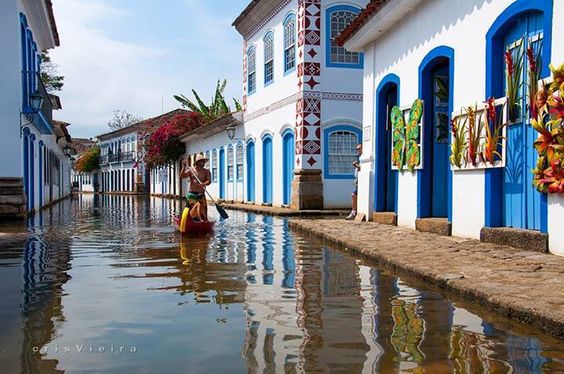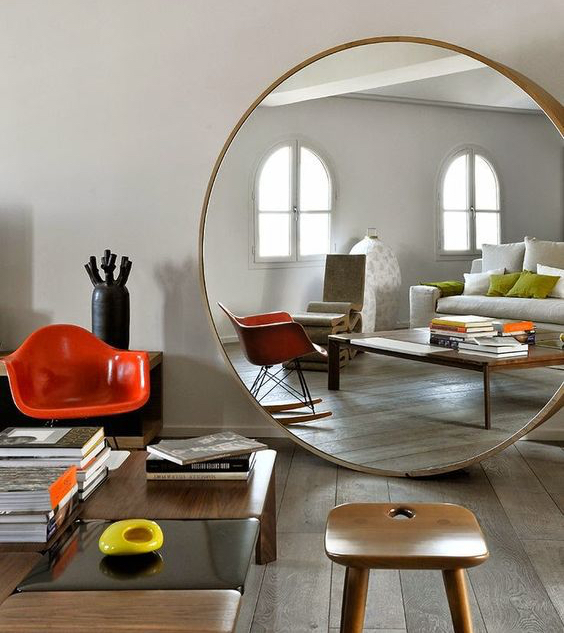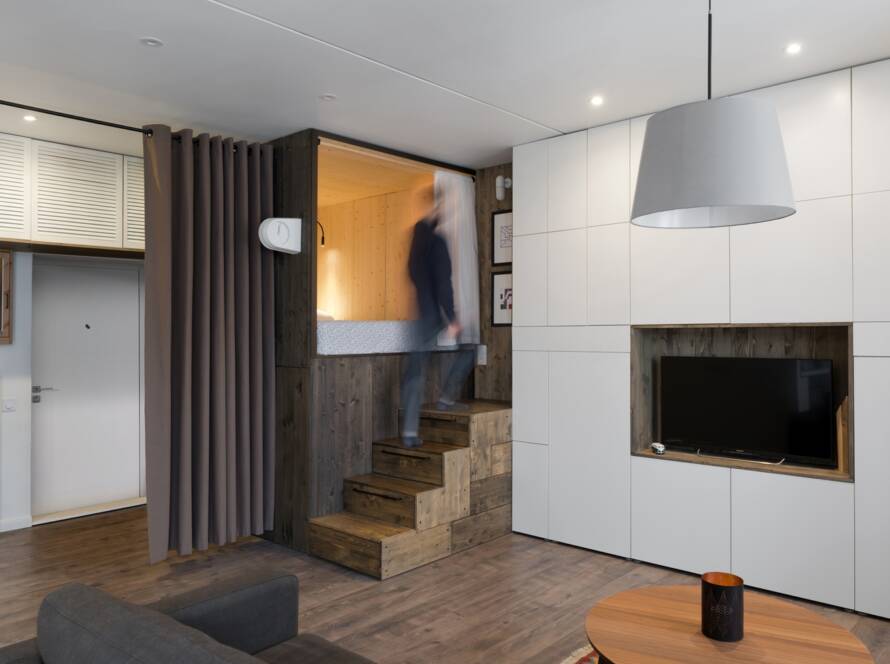Brazil is only 500 years old, however only 250 of these years are important regarding history and architecture aspects.
This was the first time that Europe turned its eyes to what was a country with many different cultures, sometimes controversial. Yes, this is a recent history, nevertheless filled with lots of disputes between Portuguese, Spanish, Dutch and French nations.
This history has left a rich architectural scene in our oldest cities, which bring us to the south of Rio de Janeiro coast, to a city named Paraty, established as a harbour city in 1667. At that time, lots of gold and precious stones were recently found in Minas Gerais do Brasil. The king of Portugal ordered then, a new road to connect several gold cities as Diamantina and Ouro Velho inside the country, to Paraty harbour. 50 years after the decrease of the gold period, the harbour still remain economically important due to the sugar cane mills distributed around the city. More than 250 mills at that time were producing the famous Cachaca, still considered the best in the country. In XVIII century the harbour was the second most important in all the country, exporting coffee and sugar for all Europe.
Paraty is considered National Patrimony and a wonderful example of architecture and culture conservation, being named by UNESCO as the most harmonious architectural set of Brazil.
The constructions are divided between single storey houses and double storey houses, where the ground floor was used as warehouse and the first floor was used for private living. They were painted in white chalk to reflect the sun and protect the interior from the extreme temperatures that can come up to 35 degrees in top summer.

The geometric drawings on the facades are present on the Masons houses, that were distributed all around the city. Masons were rich and powerful, they were responsible for the urbanisation of Paraty and their houses were mostly doubled floored ones. Many of those houses have an atrium inside with gardens to keep the ventilation. Big windows and doors, framed by wood or stone, painted on blue, the colours of Masonry.

The trumpets that we can see under the balconies are for draining the water out combined with the catholic symbol of worshiping God.

At that time the city was extremely insalubrious due to lack of proper toilets and sanity. The excrements were thrown directly on the streets, so the urbanisation made the roads only 30cm above sea level in the shape of a channel, to make it easy to drain the water. For this reason the water is daily brought by the tides, to wash up and clean the streets that are made by local irregular granite stones. Today it is not possible to access the streets by car, but at that moment lots of horse carriages were passing to and from the harbour creating a chaos on central streets of Paraty.

The pineapples that were widely present on the decoration represents power and Royalty, because of the colour of the gold and the shape of the crown. Means prosperity, hospitality and good luck.

We just don’t get enough of slow walking those stone paths, enjoying the sun, imagining the old life going on through those colourful doors, enjoying the time and the atmosphere of Paraty.
The churches were built in XVI century on baroque rococo style in honour of the Catholicism that was brought by the Portuguese colonisers.

Today Paraty harbour is not as important as used to be and the city is a cultural and touristic place now, many of the houses are ateliers, shops, hotels, restaurants and bars, which gives another impression about the night life.
Paraty is a city that deserves a better look, worths the travel and can surprise most of watchful eyes with all the details that we discover every time we pass by.
Hope you enjoyed, I will love to read your comments below.
Bye!!







